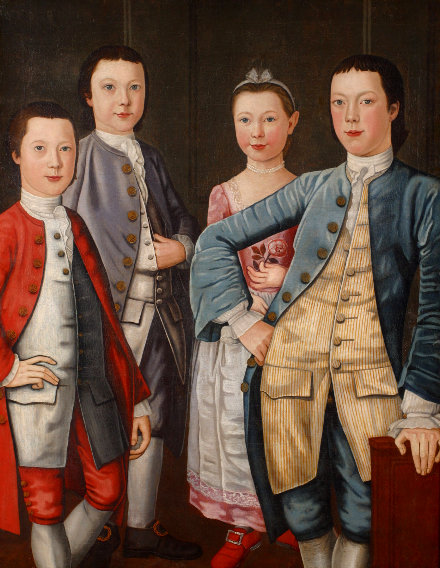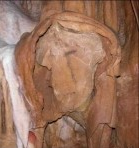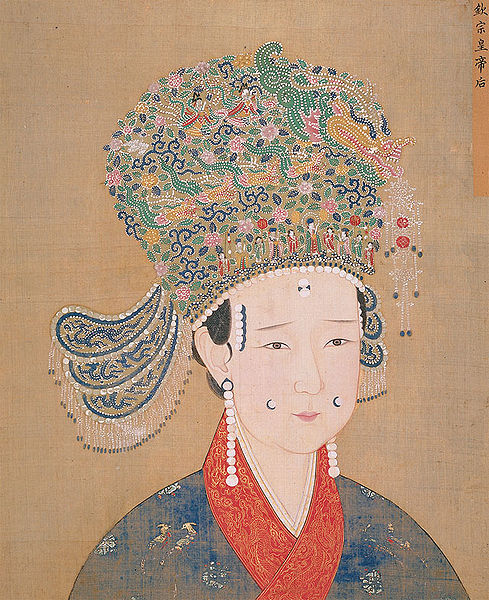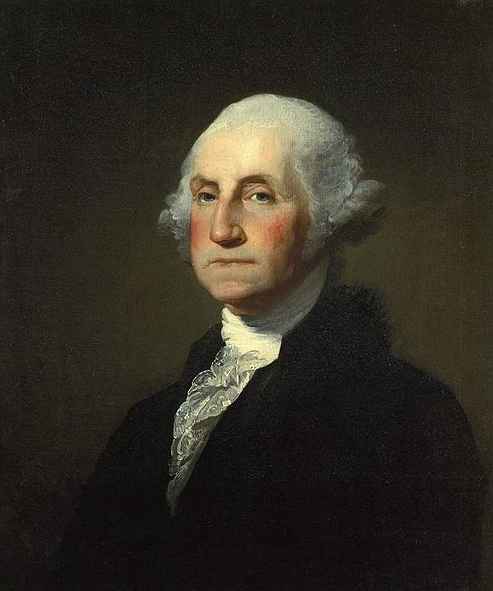Portraits. I find them endlessly fascinating. Perhaps it’s because I find people endlessly fascinating. Each one a virtual galaxy of details to be appreciated. The Legacy Project is borne from that reality. We are beautiful, we are each a galaxy, we have a story. That’s what The Legacy Project began as. A way to express the beauty and a kind of visual story about someone. A story told in visual expression, interpretation, inspiration using contemporary tools and techniques.
There are so many historic and breathtaking portraits to see, which served as my own inspiration as an artist. I chose only a few to share here to illustrate the point, and none of them contemporary. Thats an entirely new discussion, which I will be taking up another time.
The very first known portrait is a cave painting found in Angouleme, France circa 25000 BC.
This following is the official Imperial Portrait of the empress and wife to Emperor Qinzong of (1100–1161) of the Song Dynasty in China. Done by the Imperial Painter, no other name given.
And one we all know well– George Washington by Gilbert Stuart in 1796. I love this one. Texturally so beautiful and the blush in the cheek, the detail in the eyes…
After looking into this a bit to learn more about how it was done way back in the days before cameras and a digital darkroom… Creating a portrait took considerable time, often over several sittings. Cézanne, on one extreme, insisted on over 100 sittings from his subject. Goya on the other hand, preferred one long day’s sitting. I’m with Goya. 🙂 The average was about four days. And could still be for some traditionalists. Some make a drawing of the face, then complete the rest of the painting without the sitter. This is how I do it too in my own way– by making photographs and then embellishing, manipulating, and “painting” them. In the 18th century, it would typically take about one year to deliver a completed portrait to a client. I believe it’s the artistic germination process that adds to the time, which thankfully is now greatly shortened.
It’s amazing how much alike all the charming Rapalje children children look. Nearly a carbon copy of each other. And notice the Napoleon Bonaparte hand in jacket pose on one of them.

The Rapalje Children. Oil on canvas. Painted by artist John Durand, 1768. Collection of the New-York Historical Society. Durand was regarded as one of New York’s finest painters. He lived in the City for only a brief time –1766 to 1768, during which time he painted members of the Beekman, Bancker, Rapalje and other prominent New York City families of the era.
We all need to be immortalized! As I get deeper and deeper into The Legacy Project it gets more and more exciting. Mid-July I’ll begin revealing more and telling more. 🙂



